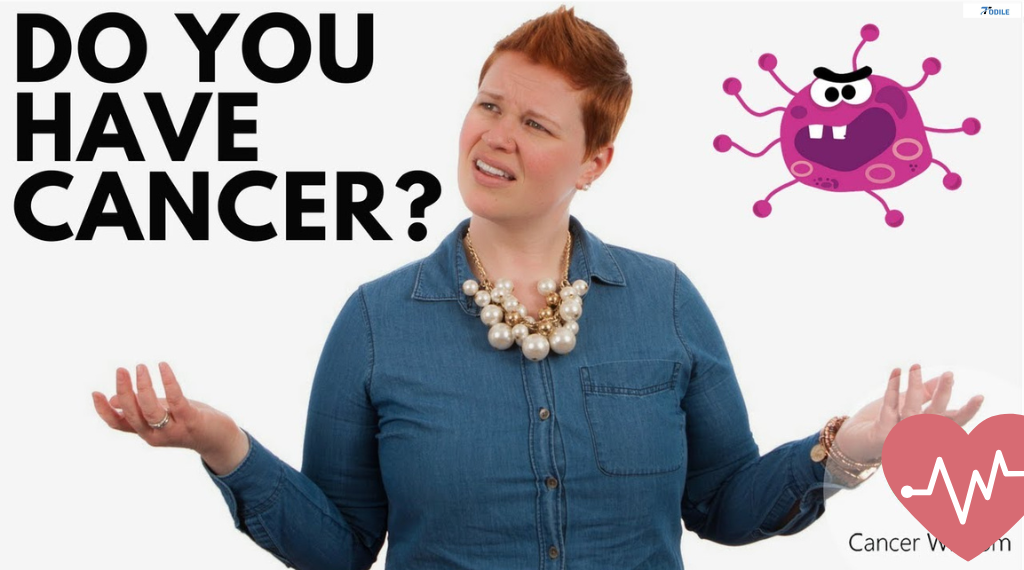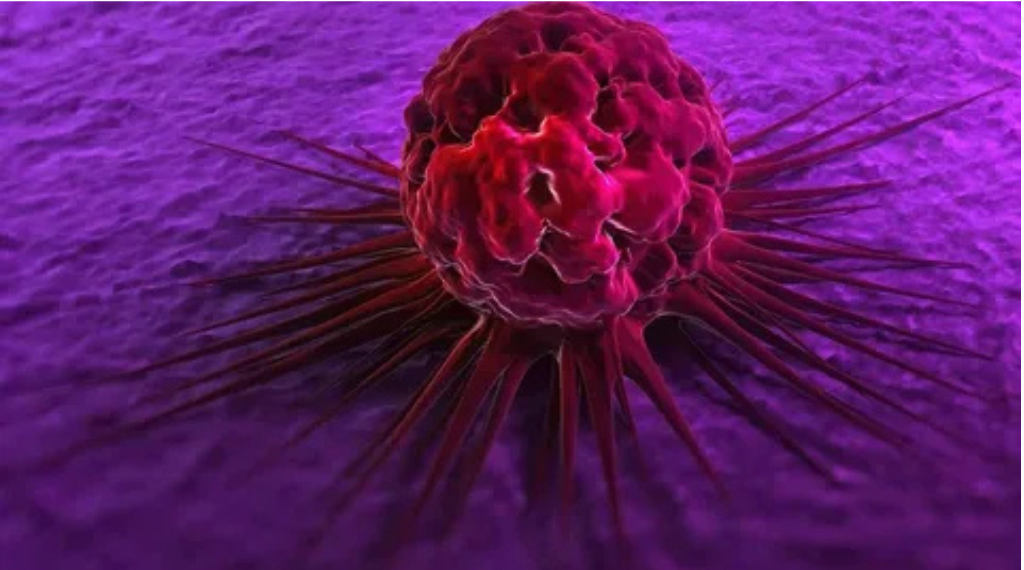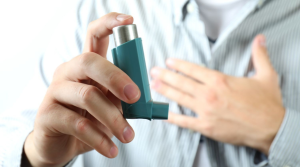Introduction
Cancer remains one of the leading health concerns worldwide, affecting millions of people each year. Early detection is crucial for successful treatment outcomes, as most cancers are more treatable when identified in their initial stages. While many symptoms can be caused by non-cancerous conditions, being aware of persistent or unusual changes in your body can help you seek medical attention promptly. This article outlines 20 potential warning signs that may indicate cancer development, along with important information about risk factors, prevention, and treatment options.
It’s important to remember that experiencing one or more of these symptoms doesn’t necessarily mean you have cancer. However, any persistent or concerning changes should be evaluated by a healthcare professional.
Causes and Risk Factors
Cancer develops when cells in the body begin to grow abnormally and uncontrollably. This happens due to changes (mutations) in the DNA within cells. While the exact cause varies depending on the type of cancer, several factors can increase your risk:
Genetic Factors: Some people inherit gene mutations from their parents that increase cancer risk. Examples include BRCA1 and BRCA2 mutations associated with breast and ovarian cancers, or Lynch syndrome linked to colorectal cancer.
Lifestyle Factors: Tobacco use is the single largest preventable cause of cancer worldwide, responsible for approximately 22% of cancer deaths. Excessive alcohol consumption, poor diet, physical inactivity, and obesity also significantly increase cancer risk.
Environmental Exposures: Prolonged exposure to ultraviolet radiation from the sun or tanning beds increases skin cancer risk. Exposure to certain chemicals, asbestos, radon, and air pollution can also contribute to cancer development.
Age: Cancer risk increases with age, as DNA damage accumulates over time. Most cancers are diagnosed in people aged 65 and older.
Infections: Certain viruses and bacteria can increase cancer risk, including human papillomavirus (HPV), hepatitis B and C, H. pylori, and Epstein-Barr virus.
Chronic Inflammation: Long-term inflammation from conditions like inflammatory bowel disease can increase cancer risk in affected organs.

Symptoms: 20 Warning Signs to Watch For
1. Unexplained Weight Loss
Losing 10 pounds or more without trying, especially within a short period, can be an early sign of cancers of the pancreas, stomach, esophagus, or lung.
2. Persistent Fever
A fever that doesn’t go away or keeps returning may indicate blood cancers like leukemia or lymphoma, especially when accompanied by other symptoms.
3. Extreme Fatigue
Overwhelming tiredness that doesn’t improve with rest can be an early sign of leukemia or other cancers that cause blood loss, such as colon or stomach cancer.
4. Unusual Lumps or Thickening
Any new lump or mass in the breast, testicles, lymph nodes, or soft tissues should be evaluated, particularly if it grows or doesn’t go away.
5. Changes in Skin
New moles, changes in existing moles (size, color, shape), sores that won’t heal, or yellowing of the skin can indicate skin cancer or other malignancies.
6. Persistent Cough or Hoarseness
A cough lasting more than three weeks, especially with blood, or persistent hoarseness may signal lung, throat, or thyroid cancer.
7. Difficulty Swallowing
Persistent trouble swallowing or a feeling that food is stuck in the throat or chest can be associated with esophageal, throat, or stomach cancer.
8. Changes in Bowel Habits
Persistent diarrhea, constipation, narrowing of stool, or feeling that the bowel doesn’t empty completely may indicate colorectal cancer.
9. Blood in Stool or Urine
Visible or microscopic blood in stool can indicate colorectal cancer, while blood in urine may suggest bladder or kidney cancer.
10. Unusual Bleeding
Unexpected vaginal bleeding, bleeding between periods, or post-menopausal bleeding can indicate cervical or endometrial cancer. Coughing up blood may signal lung cancer.
11. Persistent Pain
Ongoing pain without a clear cause, particularly headaches that don’t respond to treatment, bone pain, or back pain, can sometimes indicate cancer.
12. Changes in Urination
Frequent urination, weak urine flow, blood in urine, or painful urination may indicate prostate, bladder, or kidney cancer.
13. Sores That Don’t Heal
Mouth sores lasting more than three weeks, or skin sores that don’t heal within a reasonable timeframe, require medical evaluation.
14. White Patches in the Mouth
White or red patches inside the mouth, especially in tobacco users, can be precancerous lesions called leukoplakia.
15. Unusual Discharge
Foul-smelling or bloody discharge from the nipple or vagina should be evaluated, as it may indicate breast, cervical, or endometrial cancer.
16. Indigestion or Difficulty Eating
Persistent indigestion, loss of appetite, feeling full after small meals, or nausea can be signs of stomach, esophageal, or ovarian cancer.
17. Night Sweats
Severe night sweats that soak through clothing and bedding may indicate lymphoma or leukemia.
18. Swollen Lymph Nodes
Enlarged, painless lymph nodes in the neck, armpit, or groin that persist for more than a few weeks may indicate lymphoma or cancer spread.
19. Abdominal Swelling or Bloating
Persistent bloating, particularly in women, along with pelvic pain or feeling full quickly, can be a sign of ovarian cancer.
20. Neurological Changes
Persistent headaches, seizures, vision changes, hearing problems, or changes in balance and coordination may indicate brain tumors or cancer that has spread to the brain.
Treatment and Prevention
Medical Treatment Options
Cancer treatment varies significantly depending on the type, stage, and location of the cancer, as well as the patient’s overall health. Common treatment approaches include:
Surgery: Removal of cancerous tumors and surrounding tissue is often the first line of treatment for solid tumors when cancer is localized.
Chemotherapy: Powerful drugs that kill rapidly dividing cells throughout the body. Chemotherapy can be used alone or in combination with other treatments.
Radiation Therapy: High-energy rays target and destroy cancer cells. It can be used to shrink tumors before surgery or eliminate remaining cancer cells afterward.
Immunotherapy: Treatments that help your immune system recognize and attack cancer cells more effectively.
Targeted Therapy: Drugs that specifically target molecular changes in cancer cells, often with fewer side effects than traditional chemotherapy.
Hormone Therapy: Used for cancers that are sensitive to hormones, such as certain breast and prostate cancers.

Prevention Strategies
While not all cancers can be prevented, you can significantly reduce your risk through lifestyle modifications:
Avoid Tobacco: Don’t smoke or use tobacco products, and avoid secondhand smoke exposure.
Maintain a Healthy Weight: Obesity is linked to at least 13 different types of cancer. Aim for a body mass index in the healthy range.
Stay Physically Active: Aim for at least 150 minutes of moderate-intensity exercise or 75 minutes of vigorous-intensity exercise weekly.
Eat a Nutritious Diet: Focus on fruits, vegetables, whole grains, and lean proteins. Limit processed meats, red meat, and foods high in added sugars and unhealthy fats.
Limit Alcohol: If you drink, do so in moderation. Women should limit alcohol to one drink per day, and men to two drinks per day.
Protect Your Skin: Use sunscreen with SPF 30 or higher, wear protective clothing, and avoid tanning beds.
Get Vaccinated: Vaccines against HPV and hepatitis B can prevent cancers caused by these viruses.
Regular Screenings: Follow recommended screening guidelines for breast, cervical, colorectal, lung, and prostate cancers based on your age and risk factors.
Natural and Complementary Approaches
While these should never replace conventional medical treatment, some natural approaches may support overall health during cancer treatment:
Nutrition Support: A diet rich in antioxidants from colorful fruits and vegetables may help protect cells from damage. Cruciferous vegetables like broccoli and Brussels sprouts contain compounds that may have anti-cancer properties.
Stress Reduction: Practices like meditation, yoga, and deep breathing can help manage treatment-related stress and improve quality of life.
Adequate Sleep: Quality sleep supports immune function and overall healing.
Hydration: Staying well-hydrated helps your body function optimally and can ease some treatment side effects.
Always consult with your healthcare team before using any supplements or complementary therapies, as some can interfere with cancer treatments.
Health Tips for Cancer Prevention and Early Detection
Know Your Family History: Understanding your genetic risk can help you and your doctor create an appropriate screening schedule. If you have a strong family history of certain cancers, discuss genetic counseling with your healthcare provider.
Perform Self-Examinations: Regularly check your skin for new or changing moles, and women should perform monthly breast self-exams. Men should perform testicular self-exams monthly.
Don’t Ignore Symptoms: If you notice any persistent or unusual changes in your body, schedule an appointment with your doctor. It’s better to be overly cautious than to wait until symptoms worsen.
Keep a Symptom Diary: If you experience recurring symptoms, document when they occur, their severity, and any patterns you notice. This information can be valuable for your healthcare provider.
Stay Current with Screenings: Follow age-appropriate screening recommendations for breast mammograms (starting at age 40-50), colonoscopies (starting at age 45), cervical cancer screening (starting at age 21), and lung cancer screening if you’re a current or former heavy smoker.
Manage Chronic Conditions: Conditions like diabetes, inflammatory bowel disease, and chronic infections should be properly managed, as they can increase cancer risk.
Reduce Environmental Exposures: Test your home for radon, avoid exposure to harmful chemicals when possible, and ensure proper ventilation when using household cleaners or working with chemicals.
Stay Informed: Keep up to date with the latest cancer prevention recommendations and screening guidelines, as these can change based on new research.
Build a Relationship with Your Healthcare Provider: Regular check-ups allow your doctor to establish a baseline for your health and notice any changes more easily.
Take Action Promptly: If screening tests show abnormalities or if your doctor recommends further testing, follow through quickly. Early detection dramatically improves treatment outcomes.
Conclusion
While cancer can be a frightening diagnosis, awareness of warning signs and proactive health management can make a significant difference in outcomes. Many cancers are highly treatable when detected early, and lifestyle modifications can substantially reduce your risk. Remember that experiencing one or more of these warning signs doesn’t necessarily mean you have cancer, but any persistent symptoms warrant medical evaluation. Listen to your body, maintain open communication with your healthcare providers, and prioritize preventive care. Your health is your most valuable asset, and taking proactive steps today can protect your well-being for years to come.



